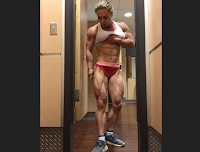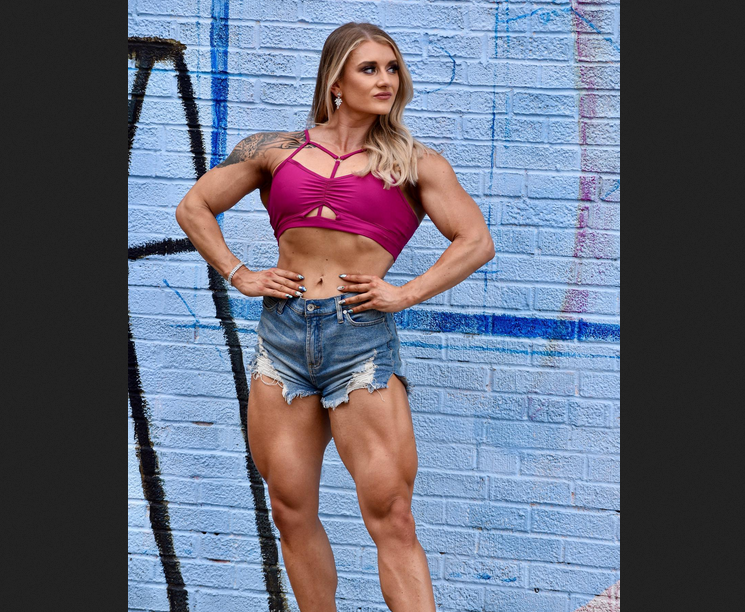↪ What Muscle is, and how to Build (or Avoid) It (Part 1)
What Muscle is, and how to Build (or Avoid) It (Part 2) :
What Muscle is, and how to Build (or Avoid) It (Part 2) :
BULIDING THE RIGHT SIZED MUSCLES
Often, the clients I speak to don’t have a problem with the idea of a little muscle. The problem is that many don’t realise it isn’t an ‘all or nothing’ thing. Unfortunately, because of the lack of clear information out there in the media, the only image they have to associate ‘women’ with ‘muscle’ is one of a female bodybuilder at the peak of her competition physique. Not that there’s anything wrong with wanting such a physique if that’s a client’s aim, but for most of the women I speak to, the possibility of developing such large, defined muscles is really quite scary!
Those kinds of muscles, however, don’t happen quickly or easily. Really large muscles require long, intense workouts over a period of time, and a base level of testosterone – a hormone most women don’t have in sufficient quantities (without the use of steroids, anyway) for size to become a problem. Granted, there are women with naturally high testosterone levels (and I’m one!), who will put on muscle more quickly. But even for me, muscles don’t suddenly appear, fully-formed overnight. So if I notice I’m gradually building size in an area I don’t want it, it’s not difficult for me to change my training in that body area to gradually reduce the size again.
Also, many people believe any kind of weights work will automatically increase muscle size. The truth is that not all training produces size increases. There are a number of variables you can play with in strength training – the heaviness of the weight, the number of repetitions of the movement, and the time you allow yourself to rest between groups of repetitions (or sets). Very generally speaking, training with a heavy weight and low repetitions in each set will increase strength; training with a medium-to-heavy weight and medium repetitions will increase muscle size; and training with a lighter weight with high repetitions per set will increase endurance.
In practice, it’s not actually quite this simple, and there are other factors to consider. The important point is that not all training will increase muscle size, that some muscle is necessary if you want to tone, and that working with a competent trainer will help ensure you get only the results that you want from your training.





































No comments:
Post a Comment